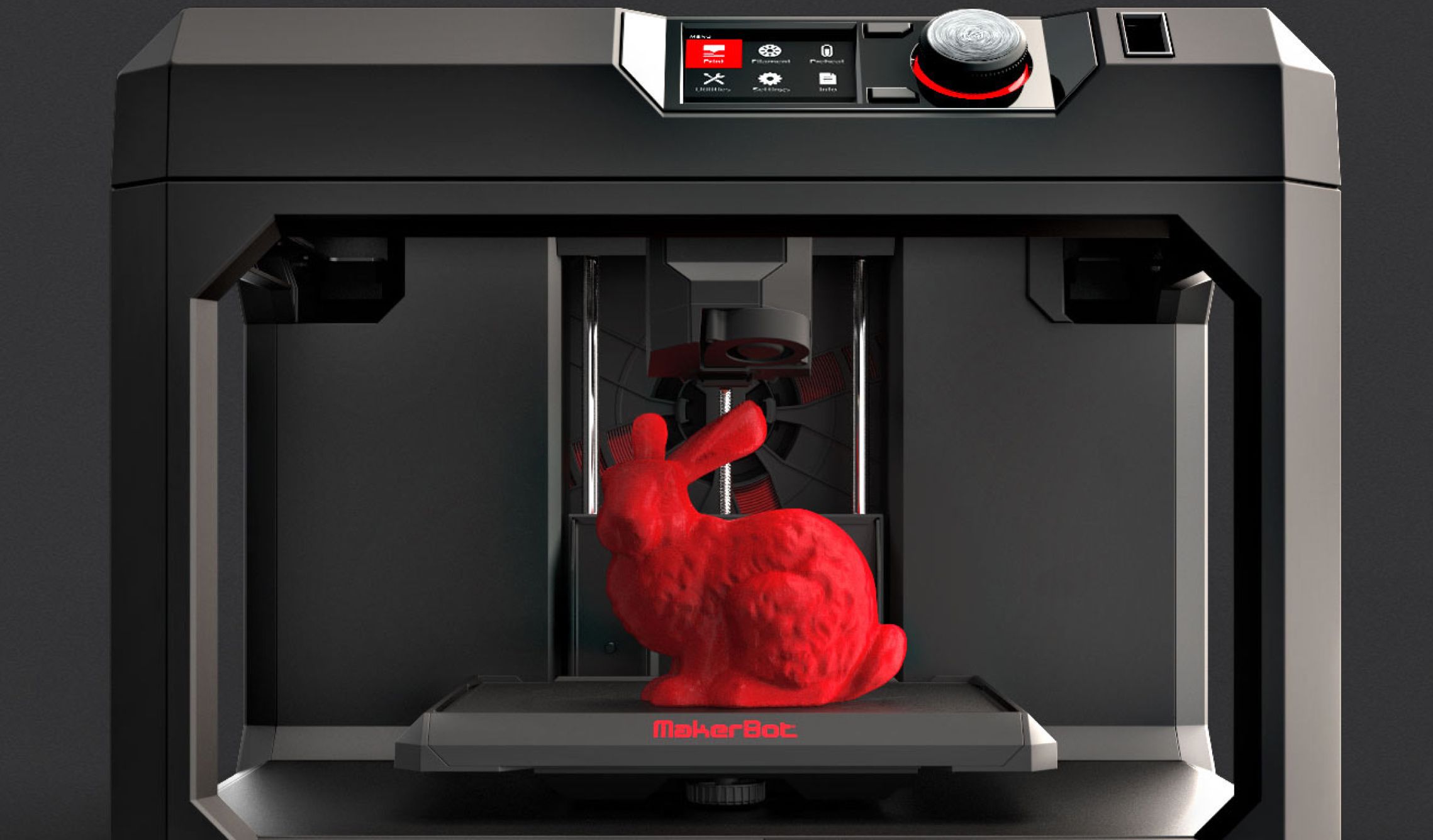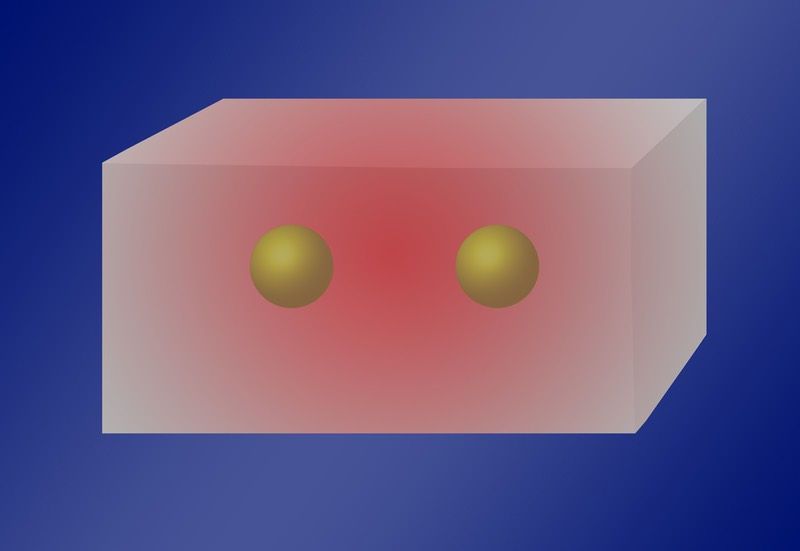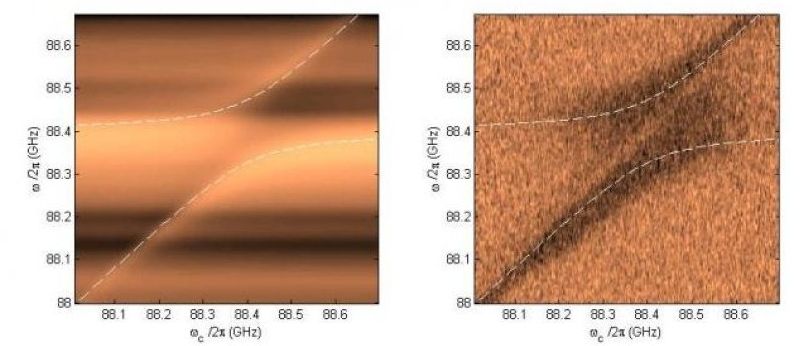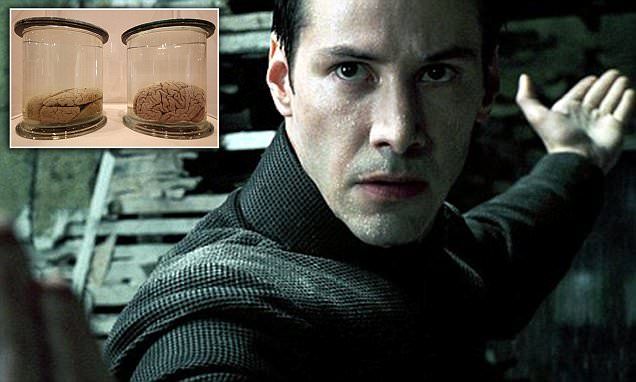Aug 2, 2016
Saudi Arabia plans to 3D print 1.5 million houses with WinSun’s construction 3D printing tech
Posted by Karen Hurst in categories: 3D printing, engineering, habitats
WOW — now that’s an engineering feat.
While Dubai is keen to become a 3D printing world leader with their Dubai 3D Printing Strategy, they are by no means the only Middle Eastern nation to look into this technology. Last week a delegation of Chinese WinSun officials traveled to Riyadh, the capital of the Kingdom of Saudi Arabia, to discuss construction 3D printing. Among others, the Chinese construction 3D printing pioneers were invited to 3D print up to 1.5 million housing units over the next five years.



















